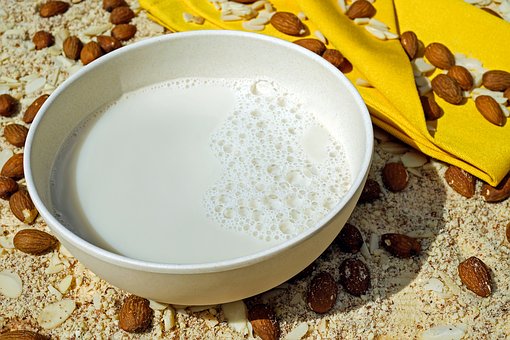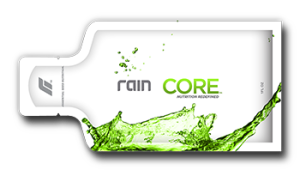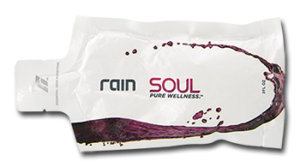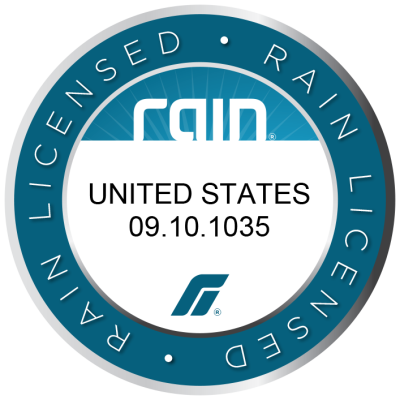What Do All The Different Milk Options Mean?
All these different milk options, what to buy? The only significant difference between whole, 2%, lowfat and nonfat milk is the fat content; nutritionally they all provide calcium and other important nutrients. Cutting out the fat does not change milk’s nutritional value.
Whole Milk
3.5% milkfat, which is why it tastes so delicious and has a rich, creamy texture. After babies stop drinking mother’s milk, they usually drink whole milk until they are at least two years old. The fatty acids in whole milk are important to the development of the brain and the nervous system. (3.25 % fat) contains 150 calories and 8 grams (g) of fat per serving (8 fluid oz). Although not required, whole milk may be fortified with vitamin D at a level of 400 International Units (IU) per 1 quart. If vitamin D is added, the label must state this fact.
2% Lowfat Milk
This has the benefits of less milkfat, but still tastes great. It is fortified with skim milk and has 10 grams of protein per cup. Two percent milk is almost as popular as whole milk.(2% fat) contains 120 calories and 5 grams (g) of fat per serving (8 fluid oz). Vitamins A and D are removed with the milk fat. For this reason, these vitamins must be added to 2% reduced-fat milk so that it contains at least 2,000 IU of vitamin A and 400 IU of vitamin D per 1 quart. The addition of these vitamins must be stated on the label.
1% Lowfat Milk
Made by reducing the milkfat content even more. Like two percent milk, it is fortified with skim milk, making it vitamin and mineral rich. One percent milk is great for people on diets and women and girls who want a concentrated source of calcium in a delicious drink.(1% fat) contains 100 calories and 2.5 grams (g) of fat per serving (8 fluid oz). Vitamins A and D must be added to a level of at least 2,000 IU of vitamin A and 400 IU of vitamin D per 1 quart. The label must indicate the addition of these vitamins.
Skim Milk
Also called nonfat milk, is one of the most nutrient-dense foods of all. It has as much fat as possible removed, less than ½ gram per serving, and 45% less calories than whole milk. Yet skim milk still supplies all of the nutrients of whole milk. 80 calories and 0 grams (g) of fat per serving (8 fluid oz). Vitamins A and D must be added to a level of at least 2,000 IU of vitamin A and 400 IU of vitamin D per 1 quart. The label must indicate the addition of these vitamins.
Buttermilk
Despite its name, is typically made from nonfat or lowfat milk. It is a cultured sour milk made by adding certain organisms to sweet milk. It is very popular in cooking.
Chocolate Milk
Which is milk plus cocoa and sweeteners. It is usually made from lowfat or nonfat milk. The chocolate doesn’t add any fat, just calories (about 60) and a little caffeine (about 5 mg per cup, the same amount in a cup of decaf coffee).
Acidophilus Milk
Made by adding a live bacterial culture to milk after pasteurization. It is easier to digest for some people.
Evaporated Milk
6.5% fat, is made by removing about 60% of the water from whole milk. The milk is then homogenized, fortified with vitamin D to a level of 25 IU per 1 fluid ounce, canned and heat sterilized. The addition of vitamin A is optional.
Evaporated Fat-Free Milk
0.5% fat or less is a concentrated, fortified (vitamins A and D) fat-free (skim or nonfat) milk that is canned and sterilized.
Sweetened Condensed Milk
8% fat or less is a canned milk concentrate of whole milk to which sugar has been added. The sweetener used (usually sucrose) prevents spoilage. Sweetened condensed fat-free milk contains no more than 0.5% milk fat.
Acidophilus Milk
This milk contains acidophilus culture (beneficial bacteria). However, the milk is not actually cultured as yogurt. In the process of making yogurt, milk and an added starter (beneficial bacteria) are placed in a warm environment (such as a temperature-controlled yogurt maker) so the flora can ferment and thicken the milk. Acidophilus milk has the same culture, but has not gone through the full thickening process.
UHT Milk
Meaning ultra high temperature milk or sterilized milk has been heat treated for one to two seconds at 138-158 degrees Celsius. Unopened, it remains fresh for three months without refrigeration. Once opened, UHT milk will keep fresh as long as regular milk and should be refrigerated.
Lacteeze and LactAid
2% and skim milks contain the same nutrients as regular milk. Most of the milk sugar, called lactose, has been broken down into two sugars that are easily tolerated by people who have trouble digesting milk.
Organic Milk
Comes from cows that are fed crops that are organically grown and this is the main difference from regular milk. Regular and organic milks are equally safe and nutritious.
Homogenized Milk
In the homogenization process, milk fat is broken into particles so small that it is emulsified and suspended within the milk, instead of floating at the surface. In the United States today, almost all commercially available milk is homogenized.
Goat’s Milk
Nutritionally similar to cows’ milk. It may or may not contain added vitamin D, so check the label. It is also better tolerated by those with lactose intolerance or milk allergies than cow’s milk.
 Plant-Based Beverages
Plant-Based Beverages
Soy or rice may or may not be vitamin fortified. The level to which they fortified will vary, so check product labels carefully. These products provide another option for people who cannot digest lactose. Although often described as “milk,” the use of that term on their labels is illegal.
I hope this helps you purchase the milk that is right for you! I didn’t even know I had a lot of these options!! Furthermore, as with anything, buying organic, GMO-free is going to be your best choice!
If you liked this article on what do all the different milk options mean? click here for more like it!
Happy drinking!







